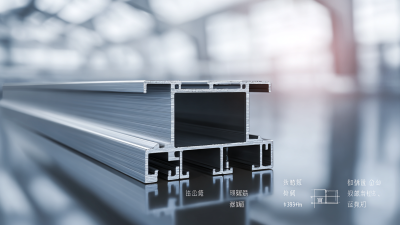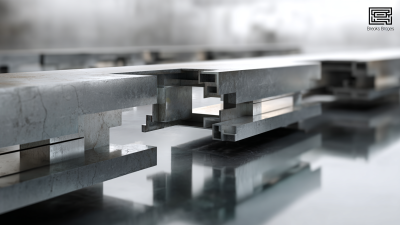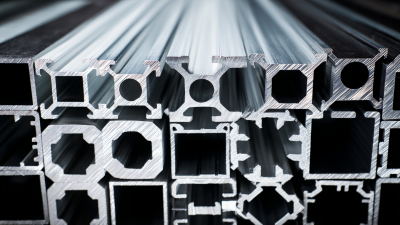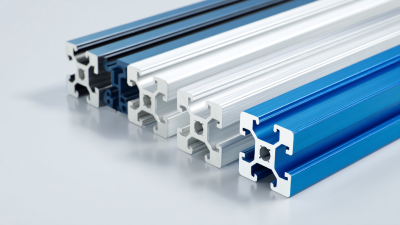In the pursuit of energy efficiency in modern architecture, innovative materials play a pivotal role in enhancing building performance. One such material that has gained significant attention is Broken Bridge Aluminium Profiles. These specially designed profiles are engineered to minimize thermal transfer, providing excellent insulation properties while maintaining the structural integrity and aesthetic appeal of aluminum. As architects and builders increasingly strive to meet stringent energy regulations and sustainability standards, the integration of Broken Bridge Aluminium Profiles presents a practical solution. This article explores how these profiles can be effectively utilized to improve energy efficiency, reduce heating and cooling costs, and contribute to a more sustainable architectural landscape. Through an analysis of their benefits, applications, and best practices, it becomes evident that Broken Bridge Aluminium Profiles are not just a trend but a cornerstone in the evolution of energy-conscious design.
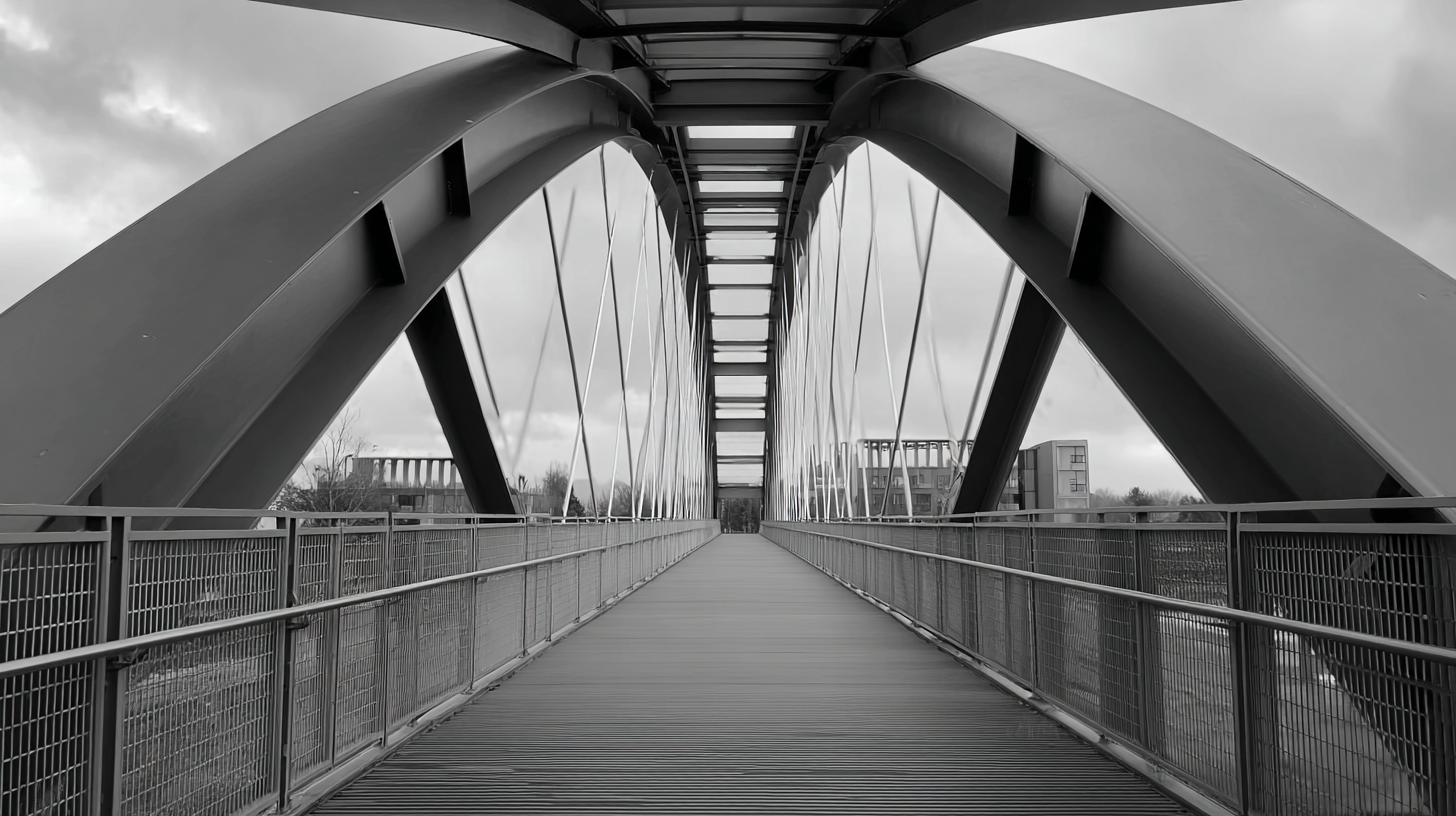
Broken bridge aluminium profiles are increasingly recognized in modern architecture as a key solution for energy efficiency. These profiles feature a polyamide thermal break that significantly reduces thermal conductivity between the external and internal surfaces of a building. According to a report from the International Energy Agency (IEA), buildings account for approximately 30% of global energy consumption, and improving thermal performance is crucial for reducing this figure. The use of broken bridge aluminium profiles can lower energy losses by up to 60%, translating to a substantial reduction in heating and cooling costs, thereby making buildings not only more sustainable but also more economical in the long run.
Additionally, the insulating properties of broken bridge profiles contribute to enhanced indoor comfort. Research from the UK’s Building Research Establishment indicates that properties equipped with high-performance aluminium frame systems show improved occupant thermal comfort and satisfaction levels by 15%. This improvement is vital in areas with extreme weather, where temperature regulation can significantly impact both energy demands and the well-being of occupants. By integrating broken bridge aluminium profiles into architectural designs, architects can create structures that align with sustainability goals while also enhancing the livability of urban environments.
Utilizing broken bridge aluminium profiles is a crucial strategy in enhancing energy efficiency in modern architecture. These profiles are designed to mitigate thermal bridging, a common issue where heat escapes through structural elements, thus increasing energy consumption. According to a report by the Centre for Sustainable Energy, buildings that incorporate energy-efficient materials can reduce heating costs by up to 40%. By designing facades with broken bridge aluminium profiles, architects can create a barrier that minimizes thermal transfer, ultimately leading to lower energy bills and a reduced carbon footprint.
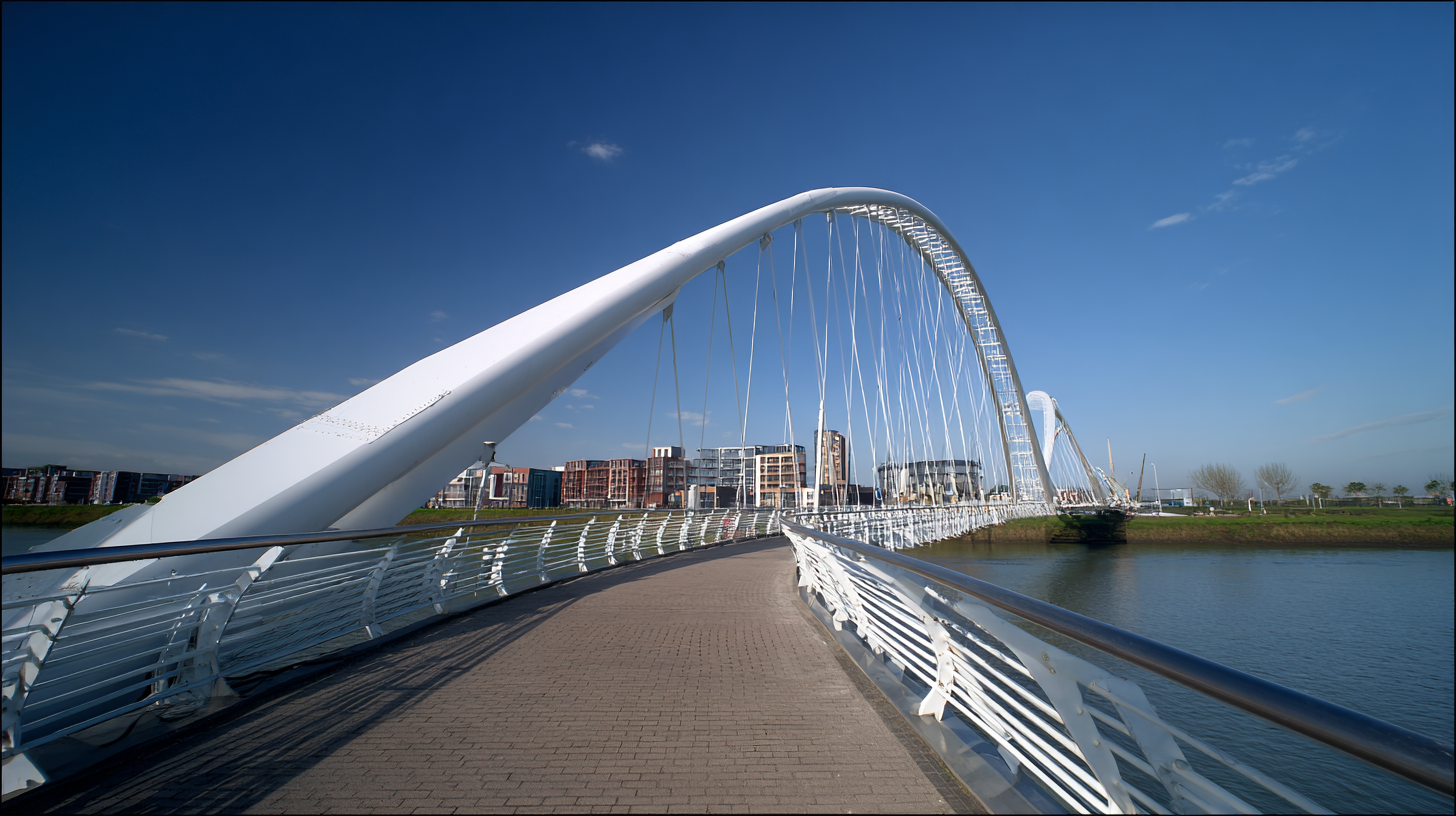
Key design principles for implementing broken bridge aluminium profiles include optimizing the thermal performance of the building envelope and ensuring proper integration with insulation systems. A study published by the International Energy Agency indicates that buildings with advanced insulation and energy-efficient frames can achieve annual energy savings of about 30%. Moreover, the lightweight nature of these aluminium profiles allows for easier construction and can enable more extensive use of glazing, which not only enhances aesthetic appeal but also improves natural light penetration, further reducing the need for artificial lighting and associated energy consumption. Integrating these principles can significantly contribute to the sustainability goals of modern architecture.
The comparative analysis of energy performance between broken bridge aluminium profiles and traditional aluminium profiles reveals significant advantages in modern architecture. Broken bridge profiles feature a thermal break that separates the interior and exterior environments, reducing heat transfer and improving thermal insulation. This results in lower energy consumption for heating and cooling, making buildings more energy-efficient. In contrast, traditional aluminium profiles, which lack this thermal separation, are prone to higher energy losses, contributing to increased operational costs.
Recent advancements, such as the development of digital twin platforms, allow for a more in-depth evaluation of thermal bridging effects on the overall thermal performance of prefabricated wall panel systems. By integrating real-world testing with virtual simulations, architects and engineers can better understand how broken bridge aluminium profiles can enhance energy efficiency. This approach enables a detailed analysis of how design choices impact energy conservation, demonstrating the practicality and sustainability of using broken bridge profiles in modern architectural design.
This chart compares the energy efficiency parameters of Broken Bridge Aluminium Profiles against Traditional Aluminium Profiles, highlighting their performance in modern architecture.
Broken bridge aluminium profiles have emerged as a vital component in modern architecture, particularly when it comes to enhancing energy efficiency. These innovative profiles consist of two separate aluminium profiles linked by a polyamide strip, which dramatically reduces thermal bridging. This design allows buildings to maintain a stable internal temperature, thus minimizing the reliance on heating and cooling systems. For instance, the EcoHouse project in the UK showcased the advantages of broken bridge aluminium in reducing energy consumption by an impressive 30%, contributing to a lower environmental footprint.

In another notable example, the Green Tower in Germany utilized broken bridge aluminium profiles in its windows and façades, resulting in a remarkable improvement in thermal insulation. The building's design not only maximized natural light but also provided excellent thermal performance, keeping energy costs low. Furthermore, the integration of these profiles allowed architects to create sleek, modern aesthetics without compromising functionality. These case studies exemplify how broken bridge aluminium profiles can redefine energy efficiency in contemporary architecture, offering sustainable solutions for future building projects.
The future of modern architecture is leaning towards sustainability, with broken bridge aluminium profiles emerging as a pivotal innovation in enhancing energy efficiency. According to the Global Aluminium Market Report, the demand for energy-efficient building materials is projected to increase by 20% over the next five years, driven by stricter building regulations and growing consumer awareness of environmental issues. Broken bridge aluminium, with its thermal break design, significantly reduces heat transfer, thereby minimizing energy consumption for heating and cooling. This is especially crucial in regions facing extreme weather conditions where energy costs can soar.
Furthermore, industry experts predict that advancements in the manufacturing process of broken bridge aluminium will lead to even better insulation properties. A study by the European Aluminium Association indicates that incorporating these profiles can cut energy loss by up to 40%. As architects and builders incorporate smart designs utilizing broken bridge aluminium, they are not just improving energy efficiency but are also contributing to a more sustainable future. Innovative applications such as integrated photovoltaic panels within these profiles further showcase the potential for energy generation, marking a transformative evolution in architectural practices.
| Feature | Description | Benefits | Future Trends |
|---|---|---|---|
| Thermal Break Technology | Separation of internal and external components to reduce thermal transfer. | Improves building insulation, reducing heating and cooling costs. | Integration with smart home systems for optimized energy use. |
| Sustainable Materials | Utilization of recycled aluminium and eco-friendly coatings. | Reduces environmental impact and enhances building performance. | Focus on circular economy and sustainability certification. |
| Enhanced Glazing Options | Advanced glazing systems that work with broken bridge profiles. | Improves natural lighting while minimizing energy loss. | Development of dynamic glazing technology for energy efficiency. |
| Aesthetic Flexibility | Customizable profiles that enhance architectural design. | Allows for creative expressions in building aesthetics. | Adoption of biophilic design principles in urban architecture. |
